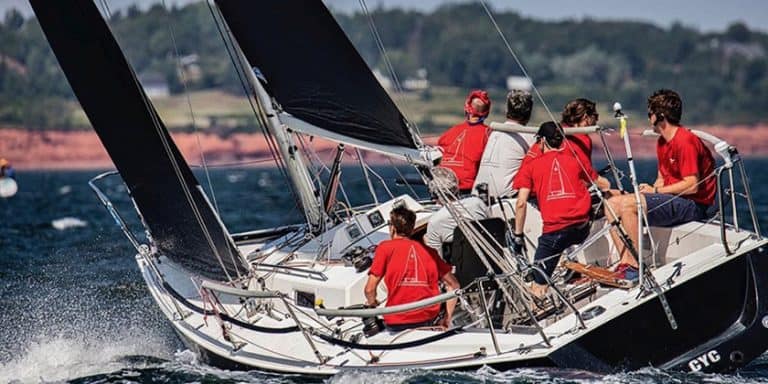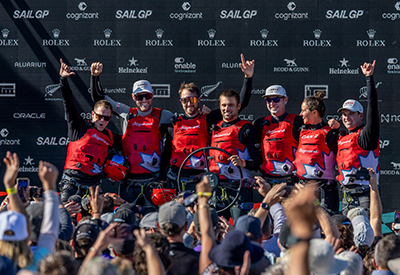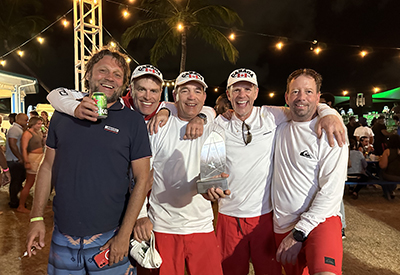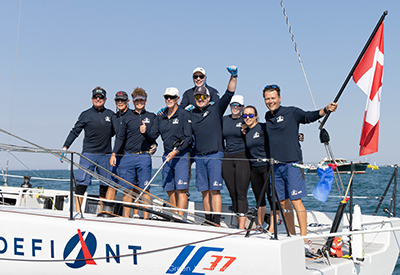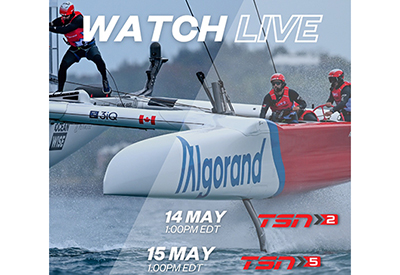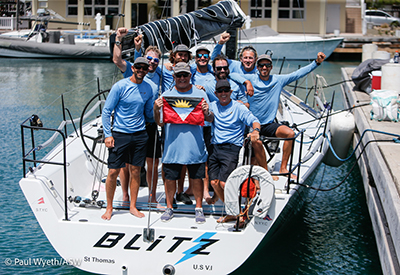The Susan Hood Trophy Race – The Coolest Race on the Great Lakes
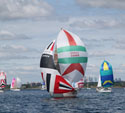
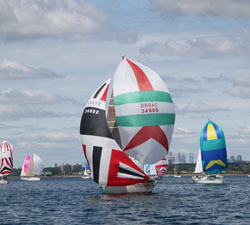 The coolest race on the Great Lakes is shaping up to be another great challenge in 2010. For some the challenge will be making it to the start line due to the low water levels on Lake Ontario, for others their challenge will be the unpredictable weather we are experiencing this Spring.
The coolest race on the Great Lakes is shaping up to be another great challenge in 2010. For some the challenge will be making it to the start line due to the low water levels on Lake Ontario, for others their challenge will be the unpredictable weather we are experiencing this Spring.
The Susan Hood Trophy Race is the first overnight yacht race of the year on Lake Ontario. It starts Friday June 4th from Port Credit Yacht Club in Mississauga. While most people are getting ready for a nice barbeque or heading up to the cottage to enjoy the first Friday in June, over 300 male and female sailors will leave their jobs, pack their warmest clothes, best wet weather and safety gear and get ready for the 8pm start of the 73 nautical miles overnight yacht race.
The Susan Hood Trophy Race is one of the most exciting and challenging races on the lakes since this time of year tends to bring unpredictable weather and this year has been no exception. Due to the cold water and warm weather patterns around the lake, storms can come in without much warning. With the wind chill factor coming across the extremely cold water, it equates to being out on a damp winter night when there is never enough clothing to put on. Adding to the challenge is the fact that survival in the lake water at this time of year is predicted to be less than 3 minutes.
The Susan Hood Trophy Race starts outside Port Credit Yacht Club in Mississauga and heads west to the Burlington Weather Mark, just outside Hamilton Harbour before heading south to the Niagara River mark and returning to Port Credit Yacht Club in Mississauga. Avid racer Bert Barrett won't let a shallow channel stand in Offshore yacht races rely totally on the wind to get around the racecourse, which is a great thing for the environment. If people are out relaxing on a nice mild evening there is a good chance these racers will not be moving. A typical yacht competing in this race will average a speed of 6 knots (7 mph or 11 km/hr), which means most yachts should be back sometime Saturday morning providing the winds hold up overnight. 'Typically, the winds come up in the early evening and die in the morning leaving us out in the middle of the lake with no wind, watching the sun come up.' Said veteran racer, Ian McAllister; whose 34-foot yacht has competed in this race 14 times.
For some the challenge will be making it out of their harbour to get to the start line. Dick Steigenga owns one of many competitors' yacht that have not been able to launch in the water at Cathedral Bluffs Harbour in Scarborough. Due to the unusually low water levels experienced on Lake Ontario this year, the channel leading out of the harbour is just over 4' deep and many sailboats require 6 to 9' of clearance. 'It's a problem that is worse this year than ever before', said Dick Steigenga, a sail maker based in Scarborough, who is one of many competitive sailboats looking at alternative means of getting their boats out of the harbour this year. 'It's been a tough job getting 5 boats out so far, but the boats that want to compete are putting in a lot of effort.' said Steigenga.
The boats are gradually getting out of harbour one at a time by slow and arduous process of suspending 1,500 lbs in water barrels from the top of the masts to tip the boats on their sides. A crew of volunteer sailor's is pitching in to help drag the boats through the mouth of the harbour.
If all goes well, Dick Steigenga's 44-foot yacht named Macintosh will hopefully be dragged out of the harbour on the 24th of May. 'A little rise in water level and some mild weather will make this a little easier task' Said Steigenga, who has competed in almost every Susan Hood Race in the last 20 years.
Despite all the obstacles, race organizers at Port Credit Yacht Club are confident that this year's numbers will increase over last year. Interest in offshore racing is continuing to grow over the last few year's and this race is now used as a warm up for the Lake Ontario 300 race, which is a 300 nautical mile race that circumnavigates Lake Ontario. This is one of the most challenging races on the lakes and is the longest annual fresh water race in the world.

